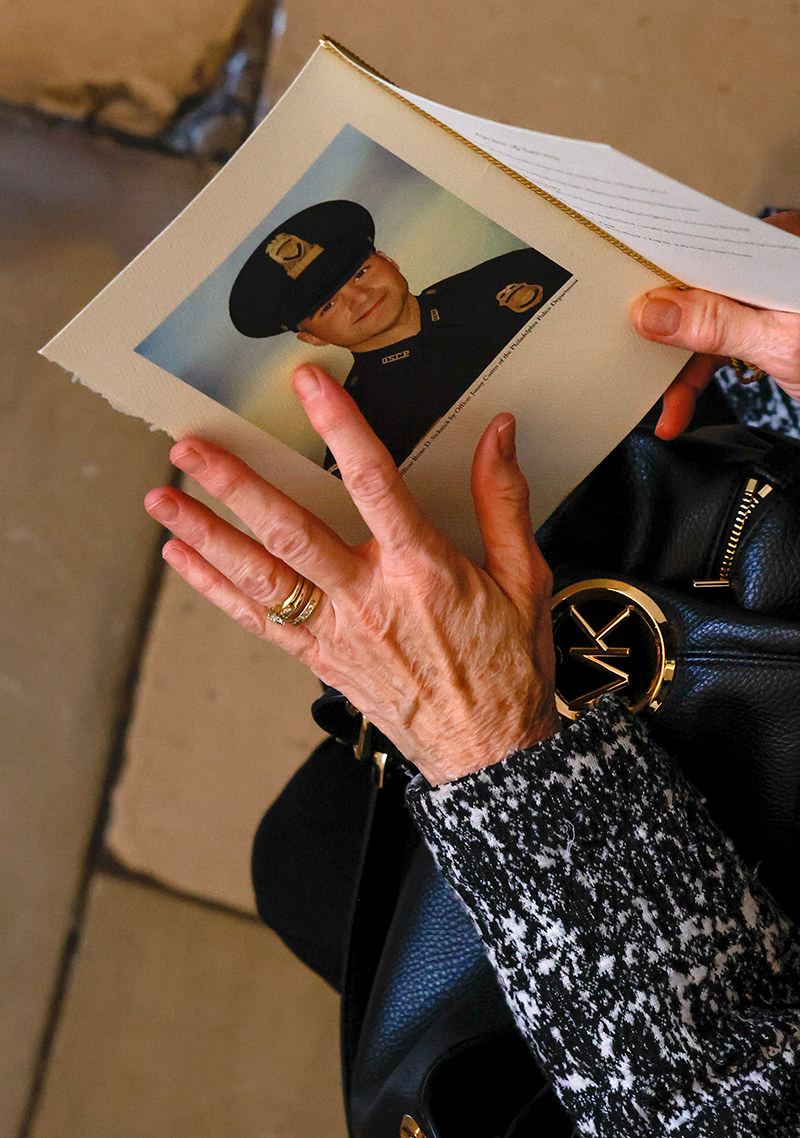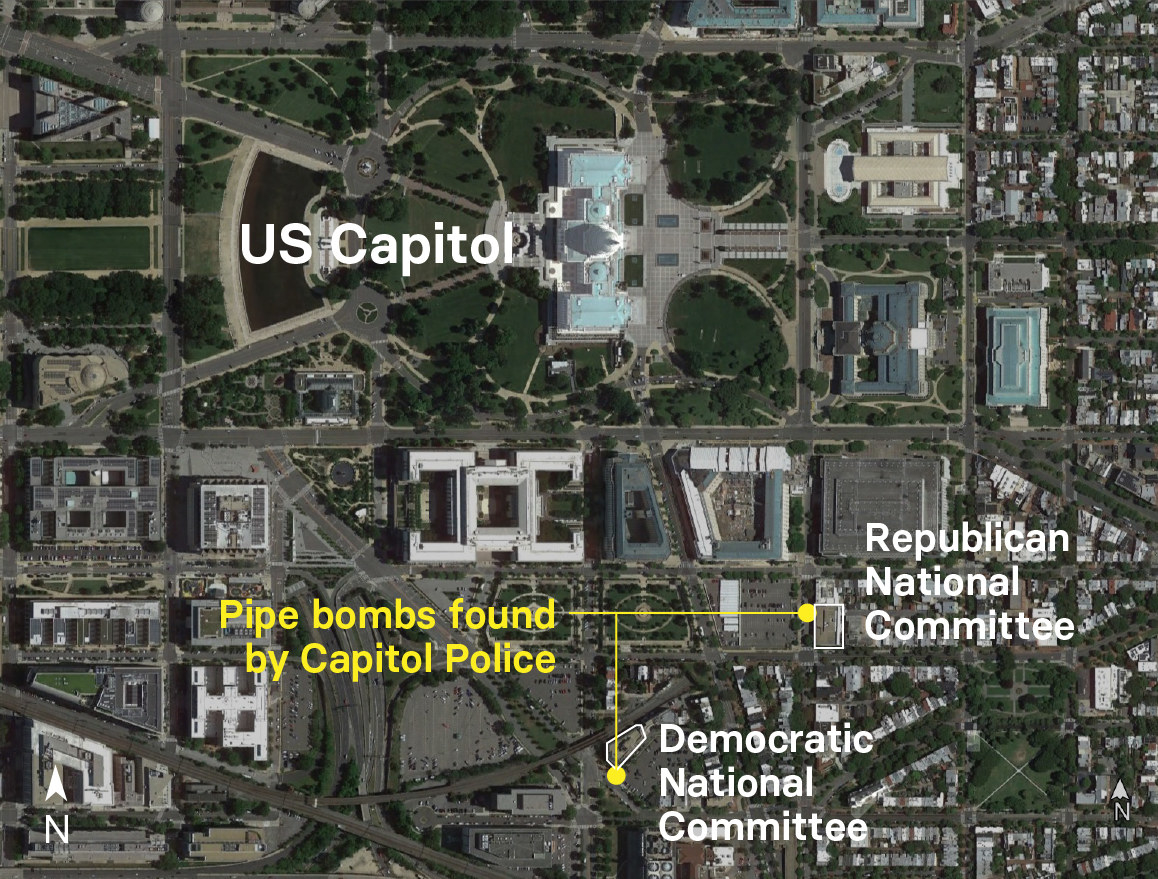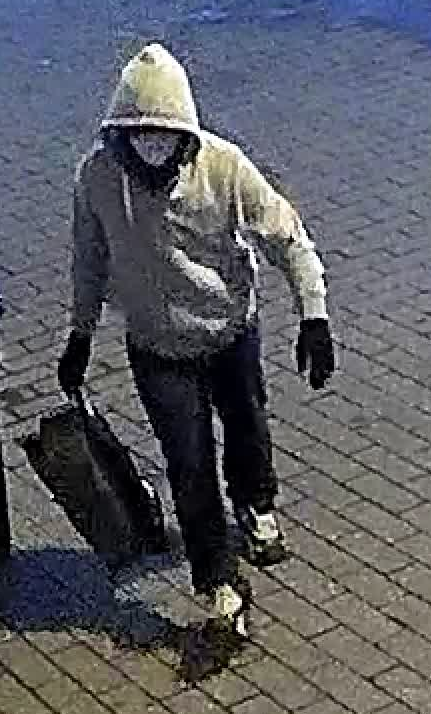
HELP US FIND THE TRUTH
BuzzFeed News has filed more public records lawsuits during the Trump presidency than any other US media organization. We’re increasing our efforts in 2021. Our commitment to telling the stories the public needs to know has never been greater. Help us reach our goal of $100,000 for our FOIA fund this year by donating here.
WASHINGTON — The Jan. 6 insurrection at the US Capitol was one of the most publicly documented criminal events in US history — it was livestreamed and photographed, inside and out, from start to finish, and described via hundreds of first-person accounts across social media.
But one month and hundreds of pages of court filings later, there are critical unanswered questions about what happened that day. No one has been charged in the death of US Capitol Police Officer Brian Sicknick, and the FBI is still looking for whoever planted pipe bombs in Washington, DC, the night before. It’s not clear if anyone who was involved in organizing the demonstrations that preceded the violence or who encouraged former president Donald Trump’s supporters to violently oppose the election results — or Trump himself — will be liable.
It’s easy to charge someone who posted a selfie on Facebook inside the Capitol with a low-level misdemeanor, such as being in a restricted area, a crime that carries a maximum penalty of one year in prison. But not everyone left a digital trail, and acting US Attorney Michael Sherwin in Washington has said to expect a slowdown in activity as federal prosecutors and law enforcement officials continue to build cases the old-fashioned way, using subpoenas and search warrants, which can take more time, and as they explore more serious felony charges, such as conspiracy and sedition.
Here are some of the big questions that remain one month later, what we know, and what we don’t.
Who was responsible for the death of Officer Brian Sicknick?

The day after the Jan. 6 riot, US Capitol Police announced that Officer Brian Sicknick had died after he was injured “while physically engaging with protesters.” He’d been an officer with the Capitol Police since 2008 — and was only the fifth member of the Capitol Police to die in the line of duty, according to the agency — and he was honored by members of Congress and President Joe Biden and first lady Jill Biden at a ceremony in the US Capitol Rotunda on Feb. 3.
No one has been charged in Sicknick’s death. At least 20 people have been charged with assaulting law enforcement officers that day, a mix of violence inside and outside the Capitol against officers with the US Capitol Police, the Metropolitan Police Department (MPD), and the National Guard. There’s been no public indication that any of these defendants are linked to Sicknick’s death, however. The cases have included a Michigan man charged with using a hockey stick to beat police just outside an entrance to the Capitol, a Connecticut man charged with using a riot shield to pin an MPD officer against a doorway, and a Pennsylvania man charged with knocking a Capitol Police officer unconscious on the Capitol grounds.
In announcing Sicknick’s death, the US Capitol Police said at the time that MPD’s Homicide Branch would be investigating along with federal law enforcement. An MPD spokesperson told BuzzFeed News on Monday that the case “remains under active investigation.” CNN reported last week that investigators were still trying to comb through videos and photographs from inside the Capitol for information about how Sicknick died and who might be responsible and that law enforcement had dismissed early reports that a rioter throwing a fire extinguisher had caused his death; a medical examiner found no signs of blunt force trauma. Other details from the autopsy that might shed light on how Sicknick died have not been made public.
Who planted pipe bombs at the RNC and DNC?

Shortly before a mob descended on the Capitol, pipe bombs were discovered at the headquarters of both the Republican National Committee and the Democratic National Committee, which are located within a few blocks of each other in downtown Washington. The Capitol Police said the next day that they had to divert resources to respond to the pipe bombs as “other violent events were unfolding across the Capitol Complex.” The bombs were safely recovered, and no one was injured.
The FBI announced a $50,000 reward two days later and released a photograph of a person who appeared to be wearing a face mask, a gray sweatshirt, dark pants, and gloves and holding a backpack in their right hand. The FBI has said it believes both pipe bombs were placed the night before they were found and later shared more details about the photographed individual’s shoes, identifying them as “Nike Air Max Speed Turf shoes in yellow, black, and gray.”

The reward for information increased to $75,000 on Jan. 22 and now stands at $100,000 as investigators continue to search for a suspect.
Will “Stop the Steal” organizers or promoters — or Trump — face charges?
Trump’s speech to his supporters before they marched to the Capitol, telling them to “fight like hell,” is at the heart of his second impeachment trial, which begins this week. The day after the insurrection, acting US Attorney Michael Sherwin was asked if the Justice Department, too, would investigate Trump’s role in the violence at the Capitol. Sherwin replied at the time, “We’re looking at all actors.” Trump hasn’t been criminally charged, and there’s no public indication so far that he’s the subject of an active criminal investigation.
Yet a small but growing number of people charged in connection with the insurrection are blaming Trump as they try to convince judges that they’re not a danger to society. In a court filing on Monday arguing for pretrial release for Patrick McCaughey III — who is charged with pinning a police officer to a doorway at the Capitol using a riot shield — McCaughey’s lawyer argued there was no evidence he’d planned to commit violence that day, and that if anything, Trump “incited otherwise peaceful protestors, such as the defendant, to create violence at the Capitol.” McCaughey’s lawyer went so far as to call Trump “somewhat of a de facto unindicted coconspirator.” Other defendants have posted online or told the FBI that they believed Trump was directing them to descend on the Capitol and commit violence that day.
What’s also not clear yet is if anyone involved in planning or promoting the “Stop the Steal” rally that Trump spoke at on Jan. 6 — or anyone involved in spreading false conspiracy theories about the election and urging Trump supporters to violently oppose Congress’s certification of the election results leading up to Jan. 6 — could face charges. In late December, DCist/WAMU reported that Women for America First had filed a permit request with the National Park Service for the Jan. 6 rally; the group had originally planned events for the weekend after President Joe Biden’s inauguration but amended it to move up the date. None of the people listed in the permit as an organizer, several of whom had worked for Trump’s campaign, has been charged.
As previously reported by BuzzFeed News, Women for America First had led a 20-city bus tour leading up to Jan. 6, pushing lies about the election and conspiracy theories that served as the foundation for the violence that took place; the group issued a statement after the insurrection condemning the violence. The group did get a brief mention in court filings for Couy Griffin, the founder of Cowboys for Trump, who has been charged with participating in the riot; Griffin told the FBI during a voluntary interview last month that he’d traveled with the Women for America First tour. Women for America First did not return requests for comment.
Will anyone be charged with sedition?
Less than a week after the riot, Sherwin said at a press briefing that the Justice Department had created special “strike” forces to probe specific types of more serious crimes, including sedition and conspiracy against the United States. Eleven people have been charged with conspiring to commit crimes against the US, but no one has been charged with seditious conspiracy, a rarely used criminal statute that specifically deals with efforts to overthrow or attack the US government; both are felony crimes that carry maximum penalties of up to 20 years in prison.
Some defendants who were only charged with misdemeanors when they were first arrested have had felony counts added after a federal grand jury in Washington returned an indictment — the most common felony charge so far is for obstruction of an official proceeding, which has a maximum penalty of 20 years in prison. Sherwin has said to expect more charges for existing defendants as well as new cases as they sift through the evidence; at the Jan. 26 briefing, for instance, he said there would be a “geometric increase” in charges related to assaults on law enforcement once they’d reviewed thousands of hours of police body camera footage.
Will anyone face charges in the death of Ashli Babbitt?

An investigation is also still pending into the death of Ashli Babbitt, a 35-year-old Trump supporter who died after she was shot in the neck inside the Capitol during the insurrection. The US Capitol Police have confirmed that one of their officers shot Babbitt; the shooting was recorded on video that got posted to Twitter and showed that Babbitt was trying to go over a barrier to go further into the Capitol when she was shot. A Metropolitan Police Department spokesperson told BuzzFeed News that the case “remains under active investigation,” and a Capitol Police spokesperson confirmed it was ongoing and declined to comment further.
How many people will be charged?
To date, approximately 200 people of the thousands who descended on the Capitol have been charged in connection with the insurrection. Nearly everyone who participated in assaulting the Capitol was allowed to leave the building that day and go home, though some are now being arrested in their home states. Justice Department officials have been hesitant to put a concrete number on how many people could be prosecuted, but at a press briefing in late January, Sherwin told reporters that they’d identified more than 400 suspects so far. The Washington Post reported that law enforcement officials were “privately debating” not charging some people given the logistics of prosecuting such a large group, but Sherwin in his remarks to reporters at last month’s briefing disputed that there was any “manpower” issue that would prevent his office from pursuing anyone who participated.
“If a crime was committed, we are going to track that person down,” he said at the time.
If you have a news tip, we’d like to hear from you. Reach out to us via one of our tip line channels.
New cases have been filed or unsealed on a steady basis since Jan. 6. Most of the defendants are making their first court appearances in their local federal courts, but the cases are all ultimately being handled by the US attorney’s office in Washington and prosecuted in the US District Court for the District of Columbia.
Who will take a plea deal and who will cooperate?
No one charged in the insurrection has pleaded guilty so far. Defendants who cut a deal early on and who cooperate with investigators can get benefits when it comes to minimizing prison time, but so far there aren’t any court filings that confirm anyone charged to date is taking that route.
What is clear is that some defendants have been willing to talk to the FBI right away, and they’ve admitted being part of the mob that assaulted the Capitol; whether that leads to guilty pleas remains to be seen. According to court filings in the case of Barton Shively, a former US Marine, he contacted a local law enforcement agency after seeing a photograph of himself at the Capitol on the news and said he wanted to self-surrender; he spoke with the FBI on Jan. 14 and admitted to not only going to the Capitol grounds but also assaulting police officers. He was released to home detention by a federal magistrate judge in Pennsylvania on Jan. 19 following his arrest, and his criminal case in the DC federal district court remains under seal; his lawyer did not return a request for comment about the status of his case.

